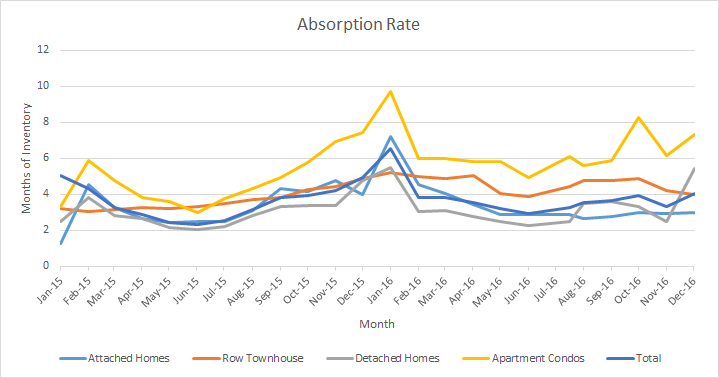Thanks to our Mortgage Broker Bob Alexander for summarizing the announcements made in the Federal Government Budget. From what I understand this is the high level as all the fine details have yet to come out. If the Liberals are re-elected in October these are the changes you may see. In my humble opinion they are not giving anything big – just lending you some money towards your mortgage.
Here is Bob”s Summary
The incentive would provide funding (equity sharing) of up to five percent of the purchase price of an existing home, or 10 percent of a newly constructed home. No ongoing monthly payments are required. The buyer would repay the incentive when they sell their home.
For example, if a borrower purchases a $400,000 home with five per cent down and a five per cent CMHC shared equity mortgage ($20,000), the size of the borrower’s insured mortgage would be reduced from $380,000 to $360,000, helping to lower the borrower’s monthly mortgage payment. This would make it easier for Canadians to buy homes they can afford.
The program limits eligibility to households earning a maximum of $120,000 annually, and lets them borrow no more than four times their annual household income. This limits a home purchase to roughly $505,000. This Incentive Plan will be discussed more fully in the next few weeks, but it is not expected to begin until the fall of 2019.
Also of note is an increase in the eligible RRSP withdrawal amount through the Home Buyers’ Plan (HBP). Previously $25,000, this has been increased to a maximum to $35,000.
The budget included a lengthy defense of the current stress tests but does suggest that adjustments may be made in future.
Bob Alexander, B.Comm, CMA, AMP
Phone: 403-875-5270
Email: bob@mortgagedoctors.ca
www.mortgagedoctors.ca


